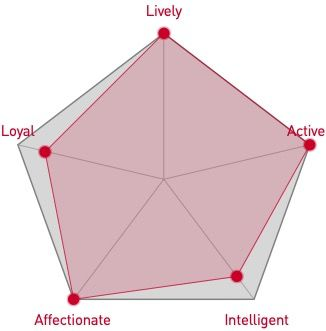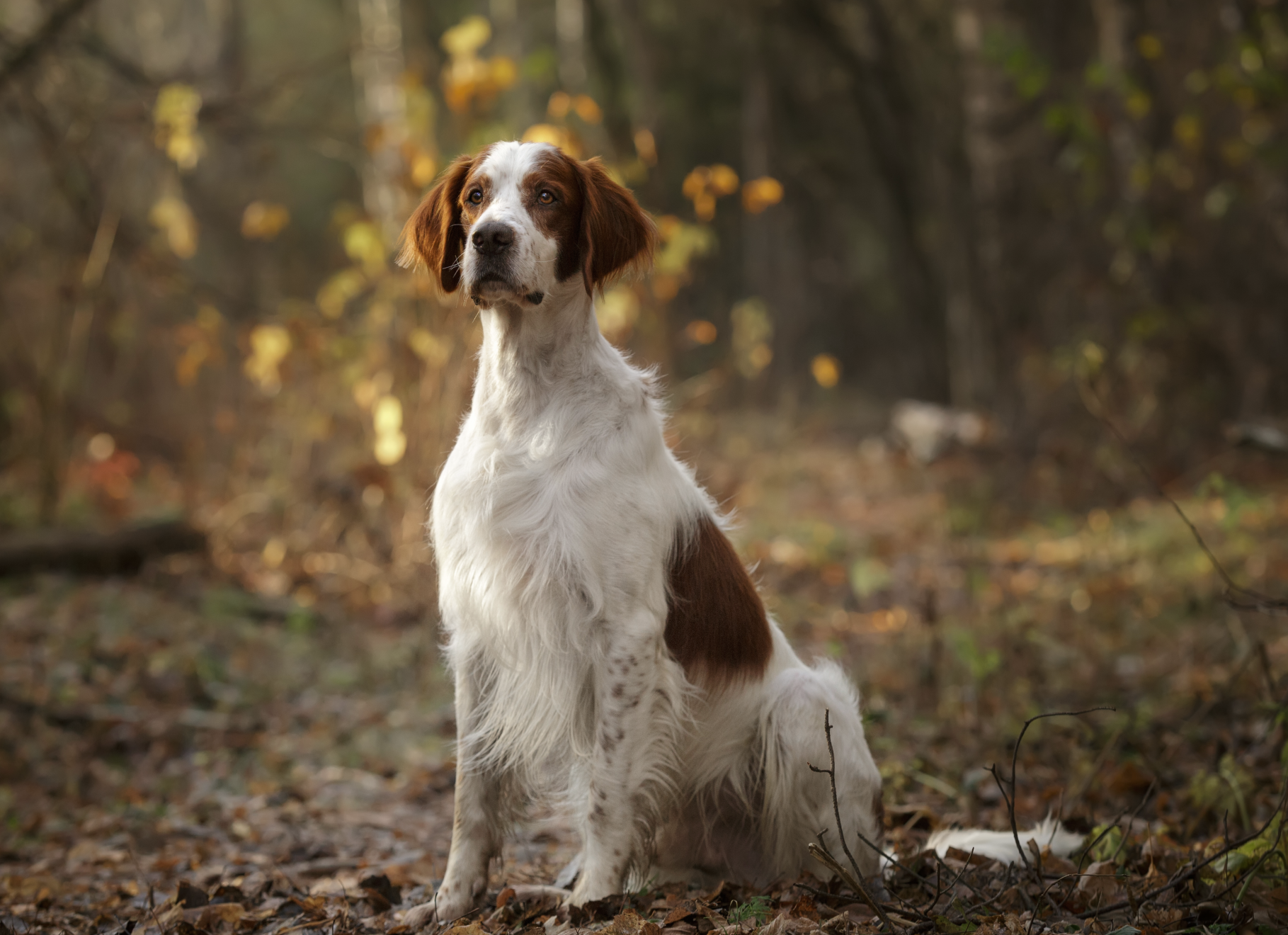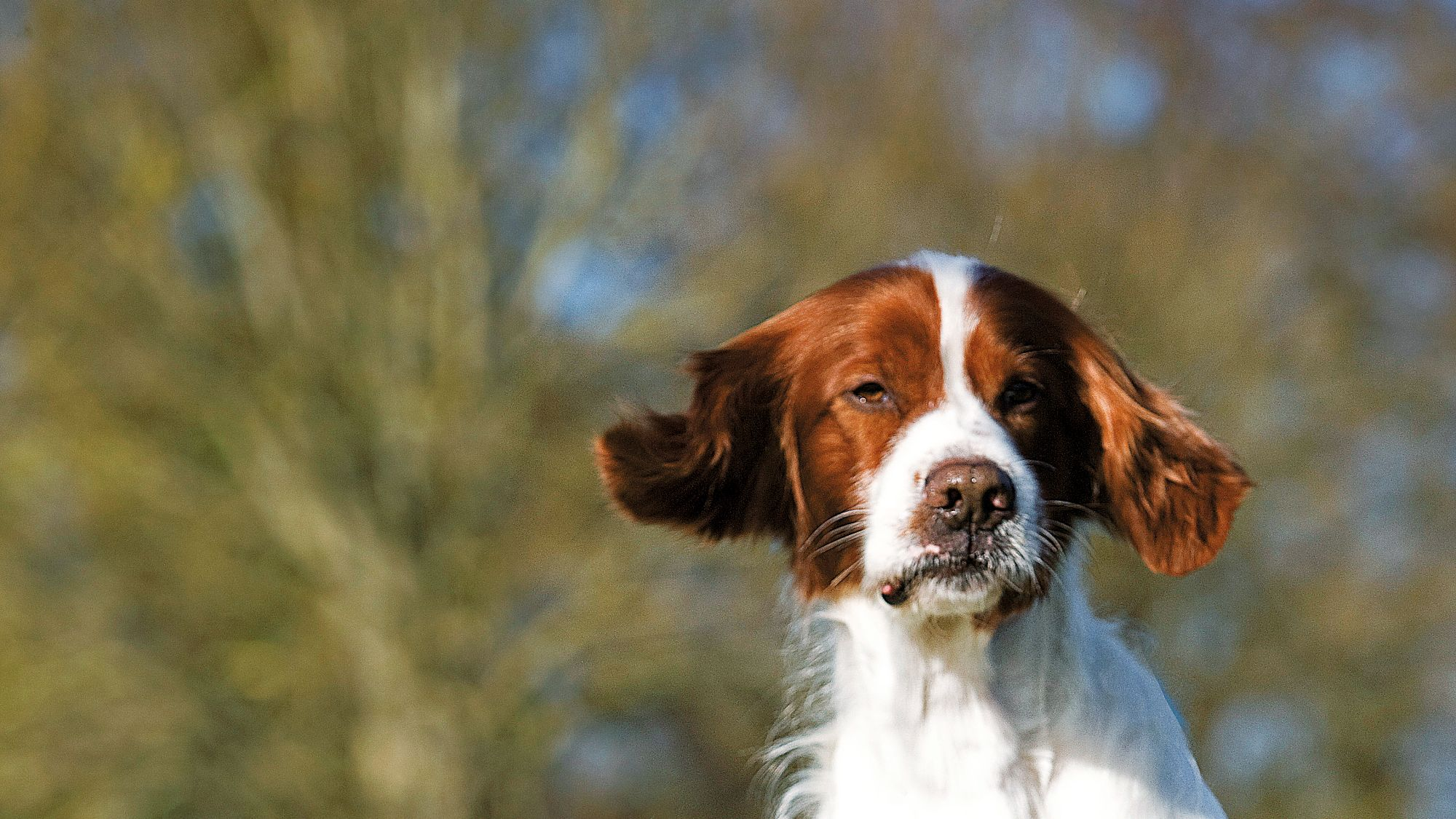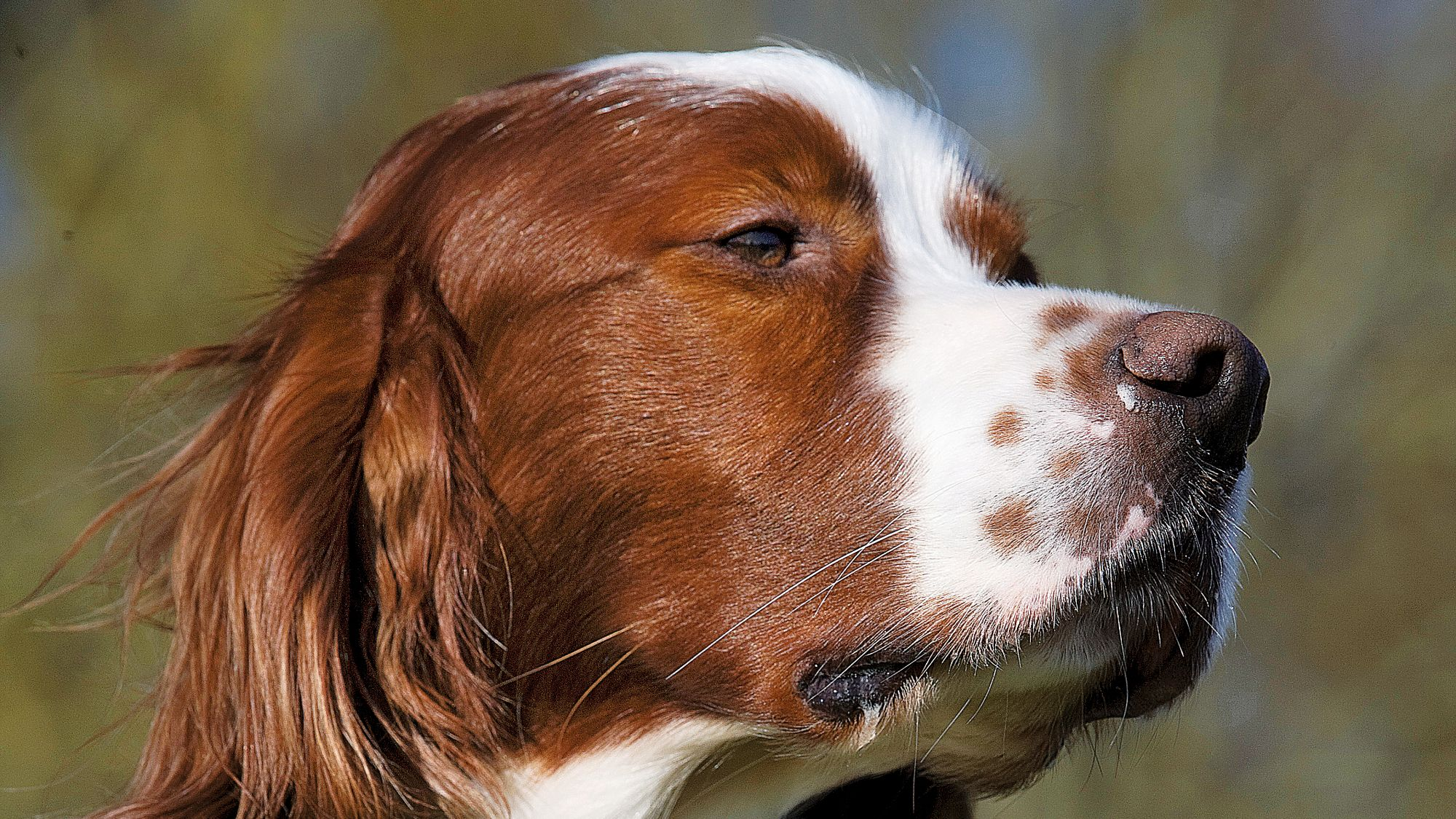
Let's talk Irish Red and White Setters
Before the appearance of their better-known, single-colour cousins, the Irish Red and White Setter was the preferred canine hunting companion to Irish landed gentry. Originally developed as a hunting dog, this handsome, spirited breed has withstood the test of time and now enjoys solid appreciation as a hardy, steadfast pet with tireless vigour. Give the Irish Red and White Setter the hours of outdoor exploration on which they thrive, and you’ll have a contented canine friend for life.
Official name: Irish Red and White Setter
Origins: Ireland

| Drooling tendencies |  |
Warm weather? |  |
| Shedding level |  |
Suited to apartment living? |  |
| Energy level (high, low, medium) *: | High | Family Pet? |
 |
| Compatibility with other pets |  |
Can stay alone? |  |
* We advise against leaving pets alone for long stretches. Companionship can prevent emotional distress and destructive behaviour. Speak to your veterinarian for recommendations.
Every pet is different, even within a breed; this snapshot of this breed’s specifics should be taken as an indication. For a happy healthy and well-behaved pet, we recommend educating and socialising your pet as well as covering their basic welfare, social and behavioural needs.
Pets should never be left unsupervised with a child.
Contact your breeder or veterinarian for further advice.


| Baby age: | Birth to 2 months |
| Puppy age: | 2 - 12 months |
| Adult age: | 1 to 7 years |
| Mature age: | 7 - 10 years |
| Senior age: | From 10 years |

1/7
Get to know the Irish Red and White Setter
All you need to know about the breed
Looking for a partner positively panting to accompany you on that long hike? Look no further than the Irish Red and White Setter. This stunning, athletic, and curious breed is most in their element when outdoors putting their innate talents and endurance to work.
Not content to simply go for a jot around the block, the Irish Red and White Setter was literally born for action and can go for hours without stopping. It’s therefore no surprise these dogs are excellent candidates for sports involving agility, obedience, flyball, and more. Additionally, they make wonderful pets for nature lovers with access to large expanses where they can sniff and roam ‘til the cows come home – and then some.
It is important to note that this breed comes with brawn and brains in equal measure, and so requires large amounts of stimulation for both. Without this, restlessness can settle in and lead to destructive behaviour. As such, they are not ideal pets for city dwellers unable to provide them with the levels of activity on which they flourish. But exercise isn’t all they need. The Irish Red and White Setter thrives on attention and affection and, once trained, will get along well with children and adults who can match their energetic playfulness.

2/7
2 facts about Irish Red and White Setters
1. Because they’re worth it!
Long before the signature look made famous by 1970s beauty icons, Irish Red and White Setters were sporting the same natural, swoon-worthy, windswept look. Their secret? “Feathers”, or the straight, wispy fringes found along the edges of their ears, neck, body, legs, and tail. While some may need stylists to look that good, others are just born with it.
2. Devotion, thy name is…
…Rossmore? For the Irish red and White Setter, at least. While the breed faced near extinction elsewhere, some small breeders toiled to keep the line going. These included the Rossmore family from County Monaghan in Ireland who kept a strain of the breed going from the 18th to the 20th century. So involved in their preservation was the family that the dogs were sometimes even called Rossmore Setters! Still in possession of paintings of their cherished canines, the Rossmores have proven that perseverance pays.
History of the breed
While setters have existed for centuries, it wasn’t until the 18th that Irish landed gentry sought to develop a working breed specifically suited for the varied Irish terrain and often-harsh climate. These efforts produced the Irish Red & White Setter, an athletic, friendly dog with an excellent scent-tracking ability. The breed enjoyed widespread popularity, appearing regularly in shows in the Irish Setter class well into the mid-19th century. However, their all-red setter cousins soon surpassed them in appreciation and, by 1875, had all but eclipsed the red and white variety.
Fortunately, a small handful of devoted breeders continued to maintain the original two-colour variety into the 20th century - work bolstered by simultaneous efforts to document their history and genealogy as well as to export them overseas.
In 1944, the Irish Red and White Setter Society was formed, continuing endeavours to preserve the breed. Thanks to these and other efforts, while still rare, Irish Red and White Setters have regained international recognition as a breed to themselves, proudly producing show and field trial champions once again.

4/7
From head to tail
Physical characteristics of Irish Red and White Setters
1. Head
Broad, rounded head with dark, friendly eyes level with ears.
2. Body
Strong, muscular body with deep chest and well-sprung ribs.
3. Tail
Medium-length, tapered tail carried level with or below back.

5/7
Things to look out for
From specific breed traits to a general health overview, here are some interesting facts about your Irish Red and White Setter

6/7
Caring for your Irish Red and White Setter
Grooming, training and exercise tips
A good brushing once a week along with an occasional trim of their feathers should suffice to keep your Irish Red and White Setter’s silken coat tangle-free and in top form. Make sure to brush their teeth daily if possible, check their ears weekly for any debris or wax build-up, and trim their nails regularly. The high-energy Irish Red and White Setter needs a minimum of three hours of exercise per day. These will ideally include long off-the-lead walks and games like hide-and-seek to keep their keen intelligence stimulated. Irish Red and White Setter puppies shouldn’t engage in any activity that could damage joints still in development, like jumping. When it comes to training, Irish Red and White Setters can require a good deal of patience. Consistency and positive reinforcement during short training sessions will go a long way in achieving best results with these dogs. And, as always, the earlier they receive training and socialisation, the better.
7/7
All about Irish Red and White Setters
Despite being keenly alert, an Irish Red and White Setter will usually greet persons known and unknown with openness and a wagging tail versus suspicion and a wary bark. So that would be a no.
Though raising an Irish Red and White Setter alongside other pets will certainly increase their chances of developing peaceful if not positive relationships with the latter, this breed remains a dog’s dog. They will usually get on well with other canines; however, other pets such as cats aren’t really their cup of tea.
translations.feature.breeds.otherbreeds
Read more on this topic

How your dog's nutrition needs change with age

How to adopt a dog

Things to consider before getting a dog
Sources
1 - Veterinary Centers of America https://vcahospitals.com/
2 - Royal Canin Dog Encyclopaedia. Ed 2010 and 2020
3 - Banfield Pet Hospital https://www.banfield.com/
4 - Royal Canin BHN Product Book
5 - American Kennel Club https://www.akc.org/


